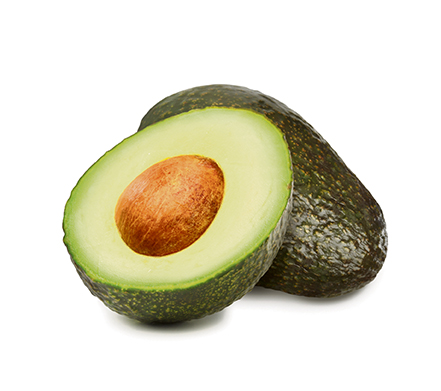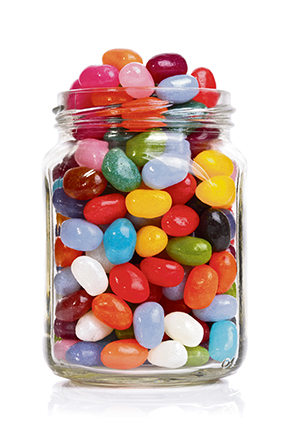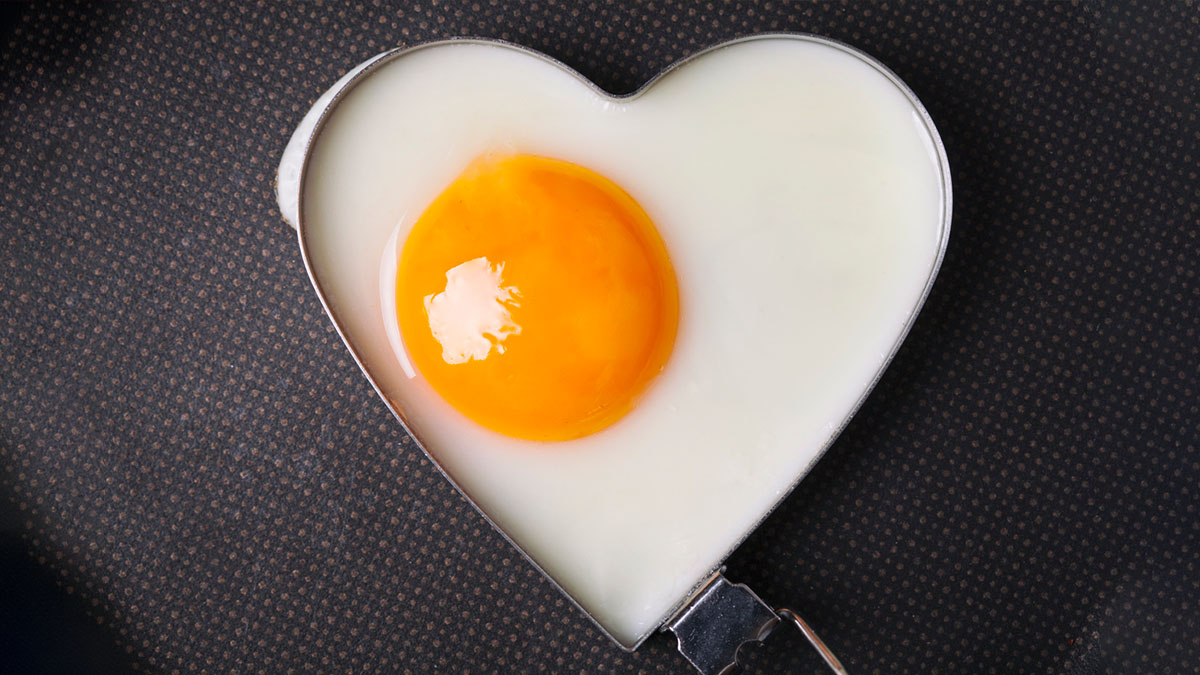Eamonn Brady MPSI and Siobhan Clarke (Pharmacy Technician) provide an overview of the clinical considerations in cholesterol control
What is Cholesterol?
Cholesterol is a lipid/fat carried around the body by proteins in the blood. Small amounts of cholesterol can help the body produce hormones and break down fats. However, if there is too much cholesterol in the blood, the body cannot excrete it. Therefore, cholesterol deposits into the walls of the arteries, which creates a plaque-like substance (atheroma). Over time, this plaque can narrow and eventually block the arteries from supplying blood (atherosclerosis).
? An artery that supplies blood to the brain becomes blocked with plaque and can cause a stroke.
? An artery that supplies blood to the heart becomes blocked with plaque and can cause a myocardial infarction (colloquially known as ‘heart attack’).
High cholesterol is a major health risk for heart disease and stroke. Unlike other risk factors including age or genetics, cholesterol may be controlled.
Where does Cholesterol come from?
1. Cholesterol can be made in the liver, which is usually called blood cholesterol.
2. Food ingested (ie, saturated fats).
Types of Cholesterol
Cholesterol is carried in the blood by molecules called lipoproteins. There are many different lipoproteins, but the three main types include:
? Low-density lipoprotein (LDL) — this is known as the ‘bad cholesterol’. It carries cholesterol from the liver to the artery cells and may cause the build-up of plaque. High levels of LDL can cause heart attack or Stroke.
? High-density lipoproteins (HDL)— this is known as the ‘good cholesterol’. It mops-up the cholesterol from the arteries and returns it to the liver to be broken down and excreted out of the body as a waste product. High levels of HDL can prevent a heart attack or stroke.
? Triglycerides — these are another lipid (fat) substance found in the blood. Triglycerides can be found in meat and dairy products and can also be produced by the liver.People who smoke, drink too much alcohol, are overweight and have a diet that consists of excess sugary foods are likely to have high triglycerides.
Cholesterol levels can only be measured by a blood test. If a family member has high cholesterol and/or heart disease, it is even more important to get checked annually.
Causes of High Cholesterol
There are many risk factors, some of which can be controlled, while others cannot.
? Lifestyle risk factors — a diet which consists of saturated fats, lack of exercise, obesity, smoking and high alcohol intake. These risks can be prevented if lifestyle choices are changed.
? Treatable risk factors — high blood pressure, diabetes, a high triglyceride blood level and medical conditions such as kidney and liver diseases.
? Fixed risk factors — these risk factors cannot be controlled by lifestyle choices. A family history of high cholesterol, family history of heart disease or stroke, being male, age (over 40), early menopause in women, and certain ethnic groups, ie, South Asian.
For those with a fixed risk factor, it is essential to take steps to address any lifestyle or treatable factors.
In this article, I discuss the effects diet has on cholesterol levels and meal planning for people with diabetes.
Fats (Lipids)
Fats are an essential macronutrient, meaning the body cannot make fats by itself. Therefore, we need to get fat from our diet. Small amounts of fat are essential in aiding the absorption of fat-soluble vitamins A, E and D. It also provides insulation to keep us warm. Unfortunately, too much fats can be consumed, which can lead to multiple health issues including high cholesterol and therefore heart disease and stroke.
Eating foods that are high in dietary cholesterol, including offal, shellfish and eggs, don’t add much risk on cholesterol levels in the body. Foods high in trans and saturated fats have a higher impact on one’s health. These two fats may increase LDL cholesterol. On the other hand, unsaturated fats may help lower cholesterol levels and reduce the risk of heart disease and stroke.
Types of Fats
Saturated fats
Saturated fats should not exceed 10 per cent of the daily intake of calories in order to reduce the risk of heart disease and stroke. Saturated fats are found in fatty meat, poultry skin, butter, cheese, biscuits, cakes, margarine, lard and cream. They are also found in different oils, including palm oil, which is in spreads like peanut butter, coconut oil, etc.
Trans fats
Trans fats are an extreme risk for heart disease and stroke because they don’t just increase LDL cholesterol, they also decrease HDL cholesterol. They are essentially the worst fat to consume. Trans fats are sometimes labelled on packaging as ‘hydrogenated’. Hydrogenation is a process in which trans fats are artificially made by adding hydrogen to an oil, ie, vegetable oil, to make it more solid. Trans fats are found in foods such as cookies, crackers, frozen pizza, cakes and microwave popcorn. Trans fats are also found naturally in butter (3 per cent), but butter in moderation is fine. According to the UK’s National Institute for Health and Care Excellence (NICE), trans fats have successfully been banned from countries and regions such as Austria, Denmark, New York and Canada.
Unsaturated fats

Monounsaturated Fats
Monounsaturated fats are healthy fats. They are found in food products such as olive oil, rapeseed oil, cashews, peanuts, almonds, seeds and avocados. These can help decrease LDL cholesterol in the body and help prevent heart disease.
Polyunsaturated fats
There are two types of polyunsaturated fats:
? Omega 3 fats — these have many functions in the body, including heart health. They also decrease triglyceride levels. They are mostly found in oily fish (salmon, mackerel, herring and sardines).
? Omega 6 fats — also lower LDL cholesterol. They are found in oils such as sesame, sunflower and soya bean. They are also found in some nuts, such as walnuts and Brazil nuts.
Total fats should not exceed 25 -35% of the calories consumed in one day. Total fats include all fats (unsaturated and saturated fats).
Cholesterol-lowering diet
If high cholesterol is an issue, there are foods that can reduce cholesterol. For those prescribed medication for high cholesterol, like statins, these foods are not a substitute for these medicines.
These foods are called plant sterols and stanols. Studies have shown that they decrease LDL cholesterol in the gut. They only benefit if the correct amounts are taken and are taken consistently. These include fortified yoghurt drinks (one serving daily) or fortified spreads, milk or yoghurt (two-to-three servings). Plant sterols and stanols tend to be over-advertised as a ‘cure’ for cholesterol; they are not, but like other measures, can help a little.
Other than plant sterols and stanols, there are other foods to help reduce cholesterol levels, including:
? Oily fish — include mackerel, salmon, herring and sardines. They are high in Omega 3 fats, which lower cholesterol. Try to aim for two-to-three portions of fish per week. If you do not eat oily fish, Omega 3 supplements are an option.
? Fruit and vegetables — all fresh and frozen vegetables are a healthy choice; avoid using saturated fats (butter and oils) when cooking vegetables.
? Cereal foods and potatoes — healthier options are porridge oats, wholegrains, brown pastas and brown rice, baked or boiled potatoes. Try to avoid fried bread, puddings, chips, and fried potatoes.
? Meat — stick to lean cuts of poultry, like turkey or chicken. Limit consumption of lean red meat. Avoid visible fat on meat, sausages, duck and processed meat, which can usually be full of trans fats.
? Eggs and dairy — swap your dairy products to low fat, such as skimmed milk, yoghurt and cheese. The recommended amount of eggs for a person with high cholesterol is four per week; avoid frying eggs. Poached and boiled eggs are a healthier option. Avoid full-fat cream, butter, chocolate and ice cream.
Diet tips for maintaining a healthy cholesterol level
1. Balanced diet — using the pyramid table can help to plan a balanced diet. Include six portions of slow-releasing carbohydrates like wholegrain breads, cereal, rice and potatoes, five portions of fruit and vegetables, three portions of dairy products, two portions of eggs, lean meat or nuts, two portions of fats and oils and one maximum portion of sweets, cakes and other confectionery products (these are not essential).
2. Eat regularly — eating three main meals a day prevents you from getting too hungry, which can result in binge-eating unhealthy foods.
3. Portion size — always keep an eye on portion size. Don’t use large plates; use a standard nine-inch plate. Common measurements of nutrients include a serving of carbohydrates = one cupped handful; a serving of protein = palm of hand; a serving of vegetables = a fist, and a serving of fats = one thumb.
4. Water — fluids are essential; preferably drink eight glasses of water a day. Only have fizzy drinks and energy drinks sparingly or avoid completely if possible.

5. Healthy weight — having a healthy weight can lower the risk of having high cholesterol. A balanced diet and regular exercise will help maintain a healthy weight. Losing weight (if necessary) can lower LDL significantly.
6. Healthy cooking methods — avoid cooking foods in oil (deep fat frying), butter or any other saturated fats. Bake, boil, steam or microwave foods instead.
7. Avoid too much alcohol — too much alcohol may increase triglyceride levels. For women, the recommended number of units is 11 units, spread out during a week, and for men, 17 units spread out during a week. One unit is equivalent to half a pint of beer, a 100ml glass of wine and one pub spirit measure.
Diabetes type 2 — meal planning
Controlling blood sugar and weight is vital in managing type 2 diabetes; just as important as staying on top of any complications with the heart, eyes, and other organs, which can occur due to the condition. Managing type 2 diabetes requires a lot of dedication and meal planning in order to stabilise blood sugar (glucose) level. For type 2 diabetes, the general diet recommendations are:
? Food from all food groups (carbohydrates, dairy, protein, fruit and vegetables).
? The same amount of carbohydrates at every meal (portion control).
? Good fats (Omega 3 fatty acids, monounsaturated fats).
? Fewer calories.
Eating a healthier, more balanced diet means blood sugars are more likely to be under control and a healthy weight is maintained. Statistics indicate an individual with type 2 diabetes is more likely to be overweight; losing one stone (6kg approx) can help improve insulin sensitivity and glycaemic control. Incorporating heathy foods into the diet and keeping active (walking, swimming, tennis, etc) for 30 minutes three-to-four times a week can maintain a healthy weight loss goal.
Carbohydrates and blood sugar
Carbohydrates in certain foods provide the body with energy. However, some carbohydrate foods can raise blood sugars much higher and quicker than other types of food. It’s important to identify which foods will give a spike in sugar levels, as these foods will need to be limited, ie, white versions of bread, rice, pasta, etc, will raise blood sugar quicker than healthier brown versions.

Sugary food
It goes without saying that sugary foods and drinks (fizzy drinks, sweets, biscuits, etc) are low-quality carbohydrates and need to be limited or avoided by diabetics. These foods lack nutritional value and cause a sharp spike in blood sugar levels; this can lead to weight issues and worsen diabetic complications. Aim to eat more fruits like apples, pears and berries, as they contain fibre, which can slow down the absorption of glucose — much more desirable for blood sugar control.

Fruit juice
Fibre-rich whole fruits are much more beneficial for controlling diabetes than fruit juice. It is not ideal for diabetics to consume too much fruit juice, as it contains a high level of concentrated fruit sugar, causing blood sugar levels to rocket.
White rice, pasta and bread
These are some of the worst foods to consume if trying to regulate blood sugar level. This group of foods are refined starches and are made with white flour. These white carbohydrates are almost pure glucose and are recognised by your body as sugar once it begins to digest them. Opt for whole grains, like brown rice and pasta, porridge, high-fibre cereals, and wholegrain breads.
Conclusion
In conclusion, enough cholesterol is made in the liver for the positive effects of cholesterol, although there are risk factors that cannot be controlled, including genetics, health issues and age, but we can control our lifestyle.
Diet is a lifestyle risk factor for high cholesterol that can be controlled by restricting total fats, especially saturated and trans fats, drinking the correct amount of fluids, quitting smoking, and keeping a balanced diet.
Controlling blood sugar and weight is vital in managing type 2 diabetes — just as important as staying on top of other diabetic complications with the heart, eyes and other organs. Managing type 2 diabetes requires dedication and meal planning to stabilise blood sugar (glucose) level.
References on request.







